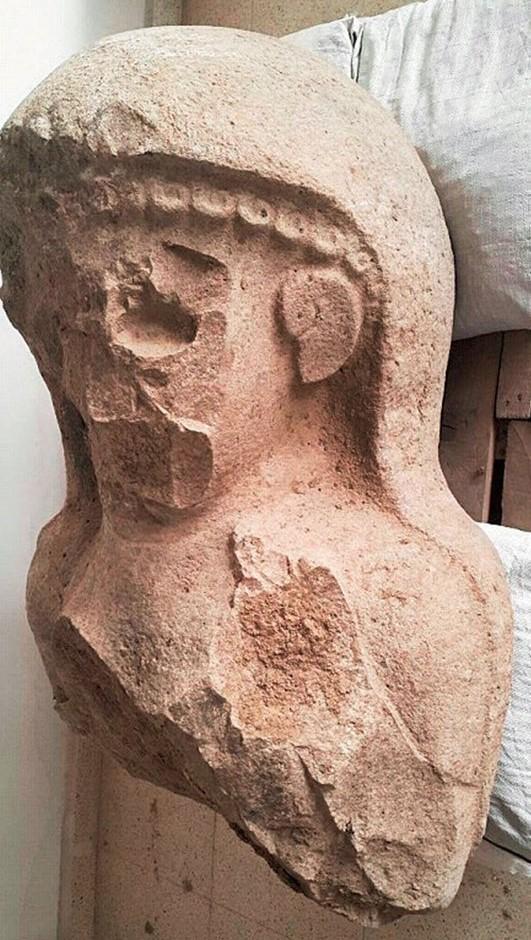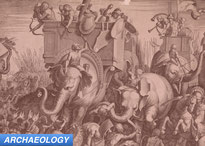
Archaeologists have uncovered a colossal statue of an unknown woman among the 3,000 year old ruins of the ancient kingdom of Patina, raising the possibility that women played a larger role in the Iron Age civilization than was previously thought.
Patina, a Neo-Hittite kingdom located near the modern day border of Turkey and Syria, existed from roughly 1,000 to 738 BCE. Archaeologists working in Turkey, excavating Patina’s capital city Kunulua, later known as Tayinat, found the statue during the latest Tayinat Archaeological Project (TAP), an international undertaking that involves archaeologists from universities around the world as well as the Turkish Ministry of Culture.
The statue was found in the gate complex entryway into the upper citadel of Kunulua. The unknown female figure was carved from basalt, and while the lower portion of the statue is missing, based on the remaining head and chest, archaeologist estimate the full figure was nearly 17 feet tall.
Facial features and parts of the chest were intentionally chiseled off during ancient times, but the statue itself was found face down on a bed of debris that included the chiseled off eyes, nose, and mouth, as well as parts of other statues.
University of Toronto professor and TAP director Timothy Harrison says the intentional defacement coupled with how the statues was buried “suggests there may have been an elaborate process of interment or decommissioning as part of their [the statues’] destruction.”
Archaeologists don’t know the identity of the woman carved in stone, but Harrison says she could be Kubaba, mother of the ancient Anatolian gods. However, he points out that certain characteristics of style and iconography suggest the statue is of a mortal woman, possibly King Suppiluliuma’s wife or even Kupapiyas, the wife or mother of Taita, founder of the Tayinat dynasty.
Regardless of her identity, according to Harrison, the statue indicates that Iron Age women may have had a much larger role in politics and religion than the existing written historical record implies.
Editor’s Note: We have not provided links or citations to scholarly works in this article because the research team has not yet published their findings. The scientists provided information through a press release distributed by the University of Toronto. As soon as TAP produces a publication, we will update this article with links and citations as well as any other pertinent information.



